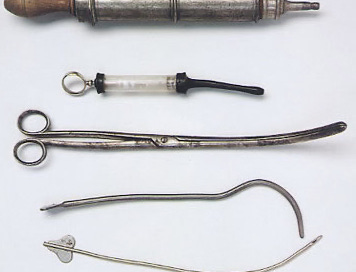In Part II of this series, we explored the ties that bound the real-life tragedy of Mary Rogers of New York to the fictional telling of Marie Roget of Paris to my own fictionalized story of Heather Bloom of London. To tell the tale of Adam Cole’s investigation into her disappearance and the horrors that presented themselves on his discovery of the solution, I had to explore and twist a number of factual elements into fictional ones, people included.
One of the main suspicions that guided both the real and fictional investigations into Rogers and Bloom alike was the dark cloud of abortion, very much an illegal practise in 1840’s New York and in 1880’s London. It suggested unspeakable immorality, both with regard to the victims and to those who brandished the crude implements to carry out such a hushed procedure.
Despite being illegal, abortion “clinics” were very much present in 1880’s London, and the sort of back-room barber-surgeon Heather is taken to would have been a last-ditch act of desperation when all else had failed. Here, surgical tools were often presented in the form of fabric shears and knitting needles, perhaps sterilized in gin or other common alcohols first if the patient was lucky. The practitioner, whether a barber-surgeon with foreign training, a jobbing physician, or a medical student seeking under-the-table wages and experience, would set to work with little in the way of anaesthetic for the poor woman undergoing the procedure (she might be made to drink a few slugs of gin or brandy to dull her senses). This involved using a
Keep reading with a 7-day free trial
Subscribe to The Case-Book of Adam Cole to keep reading this post and get 7 days of free access to the full post archives.



